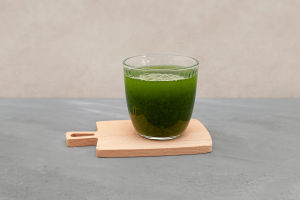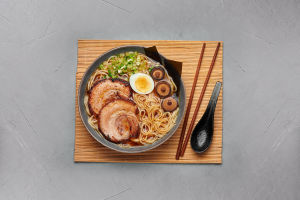Italy is renowned for its rich cheese-making tradition, producing some of the world's finest cheeses. From the northern Alps to the southern islands, Italian cheeses are celebrated for their distinct flavors, textures, and long-standing craftsmanship.
Below are five exceptional cheeses that reflect Italy’s diverse terroir, each with its unique production methods, special qualities, and pricing.
1. Montebore
Montebore is a rare cheese originating from the Piedmont region, specifically from the village of Dernice in the province of Alessandria. Known for its unique, multi-tiered appearance resembling a wedding cake, Montebore is made from a blend of raw cow and sheep milk, which gives it a creamy, buttery flavor.
This cheese is traditionally produced in small quantities and has become a part of the Slow Food Presidia, a movement aimed at preserving traditional food products.
The texture is soft and delicate, making it ideal for a refined meal. It is commonly enjoyed as a dessert cheese or used to add richness to risottos. Due to its artisanal production, it can be a bit pricey, ranging from $40 to $60 per kilogram.
2. Matusc
Matusc is a semi-cooked, pressed cheese from the northern regions of Italy. This cheese was once considered the meal of farmers due to its affordability and ease of production.
Made from low-fat cow’s milk, Matusc has a unique, slightly sweet flavor that comes from being aged with cherry pomace, a byproduct of cherry fermentation. This process imparts a subtle sweet and sour note, and the cheese's dark red rind adds to its distinctiveness.
The cheese is firm and white in color, becoming pale yellow as it ages. It’s a versatile option that pairs well with salads or is simply enjoyed on its own. Matusc typically costs between $25 and $35 per kilogram.
3. Fiore Sardo
Fiore Sardo is a traditional cheese from the island of Sardinia, made from raw sheep’s milk and seasoned with natural methods that date back thousands of years. This cheese is part of the Slow Food Presidia, ensuring its production is maintained using age-old practices. The cheese is naturally smoked using local woods and is aged in caves, resulting in a dark yellow or brownish rind with a firm, yellowish paste.
Its intense flavor, with notes of hay, herbs, and spices, makes it a standout choice for those seeking a bold cheese. Fiore Sardo’s rich heritage and unique taste contribute to its higher price range, which can vary from $30 to $50 per kilogram, depending on the age.
4. Casizolu
Casizolu is a traditional Sardinian cheese that holds a special place in local food culture. Historically, it was handcrafted by women who worked the freshly milked milk and shaped the cheese by hand, immersing it in hot water to create its signature pear-like shape. With aging, the cheese develops a firm texture, and its pale yellow color transitions to a more golden hue.
Its flavor profile is complex, with fresh, grassy undertones complemented by earthy notes, particularly as it ages. When well-matured, Casizolu offers a pleasant almond-like finish. It is generally priced around $30 to $40 per kilogram, making it an affordable yet distinctive option for cheese lovers.
5. Caciocavallo Silano
Hailing from the Basilicata region, Caciocavallo Silano is an excellent example of Italy’s high-quality cheese production. This cheese has a unique shape, resembling a horse’s saddle (its name, "caciocavallo," literally means "cheese on horseback"). It is made from cow’s milk and undergoes a specific aging process to achieve its signature flavor.
The cheese has a smooth, golden-yellow rind, and its flavor intensifies as it ages, transitioning from a mild, sweet profile to a sharper, more savory taste.
Caciocavallo Silano is often enjoyed grilled or fried, making it a versatile addition to various dishes. Depending on the aging process, its price can range from $25 to $40 per kilogram.
To Conclude
These five cheeses represent just a small sampling of Italy’s rich dairy heritage. Each one is produced using traditional methods that have been passed down through generations, offering a taste of the local cultures and landscapes. While they can be on the pricier side due to their artisanal nature, the experience of tasting these unique varieties is well worth the investment.


